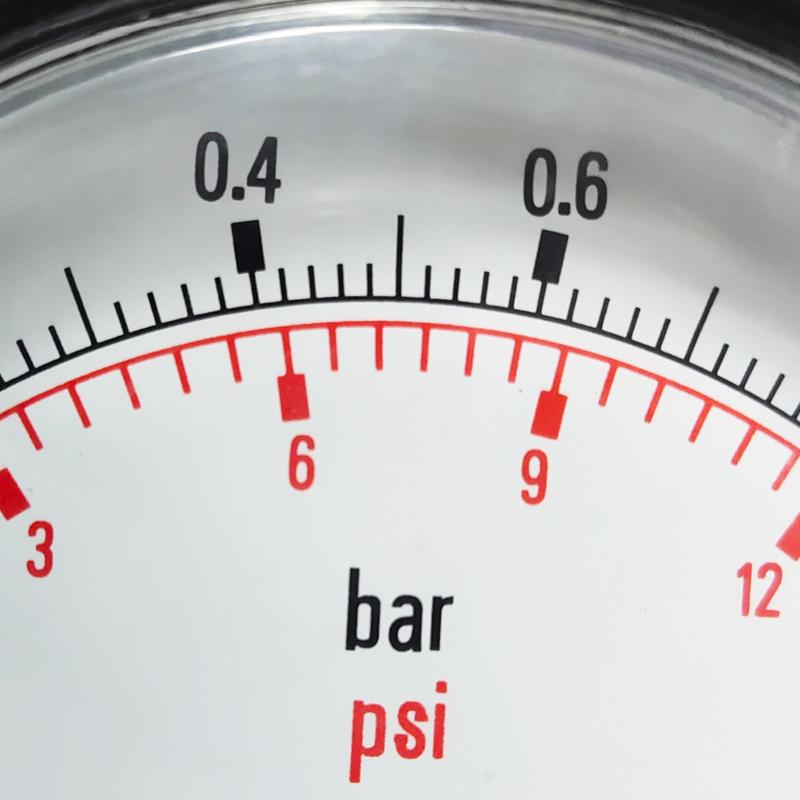
Dec . 09, 2024 16:24 Back to list
Choosing the Right Isolating Diaphragm Pressure Gauge for Optimal Service Performance
Understanding the Service of Isolating Diaphragm Pressure Gauges
Isolating diaphragm pressure gauges serve a crucial role in various industrial applications, where accurate pressure measurement is essential for maintaining safety, efficiency, and performance. These gauges not only provide reliable readings but also protect against contamination and the potential damage that could arise from aggressive media. In this article, we’ll delve into the working principles, service requirements, and advantages of isolating diaphragm pressure gauges.
Working Principles
The core component of an isolating diaphragm pressure gauge is the diaphragm itself, which separates the pressure sensing mechanism from the media whose pressure is being measured. The diaphragm is typically made from non-corrosive materials such as stainless steel or other alloys suitable for harsh conditions. When pressure is applied from the media side, it exerts a force on the diaphragm, causing it to deform. This deformation is translated into a movement that activates the internal mechanism of the gauge, providing a pressure reading on a dial or digital display.
Importance of Isolation
The isolation provided by the diaphragm is vital for several reasons. First, it prevents the pressure sensing element from coming into direct contact with corrosive or contaminated media, thus extending the lifespan of the gauge. Second, in applications involving hazardous materials, the diaphragm acts as a barrier, ensuring safety and compliance with regulations. Lastly, it allows for a more accurate measurement, as external factors from the media will not interfere with the sensing mechanism.
Service Requirements
Like any instrument subjected to demanding conditions, isolating diaphragm pressure gauges require regular servicing to ensure their continued accuracy and reliability. Here are some essential service considerations
1. Calibration Regular calibration is essential to confirm the accuracy of pressure readings. Depending on the application, calibration should be carried out annually or biannually, following the manufacturer’s guidelines and industry standards.
2. Inspection Routine visual inspections should be conducted to check for any signs of wear, corrosion, or mechanical failure. The diaphragm should be examined for any cracks or pinholes, as these can compromise the gauge's isolation capability.
3. Cleaning Depending on the media being measured, the exterior and, where possible, the sensing elements of the gauge may require cleaning to prevent buildup of contaminants that could affect the performance.
isolating diaphragm pressure gauge service

4. Replacement of Components Over time, certain components like seals and diaphragms may need to be replaced to maintain the integrity and functionality of the gauge. Manufacturers will provide recommendations on the lifespan of these components.
5. Documentation Keeping thorough records of all servicing, calibration, and inspections is critical for compliance and troubleshooting. Documentation provides insights into the performance trends of the gauge, helping operators make informed decisions about maintenance.
Advantages of Isolating Diaphragm Pressure Gauges
The use of isolating diaphragm pressure gauges comes with a multitude of benefits
1. Protection from Media As mentioned, the diaphragm serves as a barrier, which protects sensitive elements from harsh chemicals, reducing the likelihood of fouling and extending lifespan.
2. Versatile Application These gauges can be used in a variety of industries, including oil and gas, pharmaceuticals, food and beverage, and chemical processing, making them extremely versatile.
3. Enhanced Safety By preventing exposure of sensitive components to hazardous media, these gauges contribute to a safer working environment, minimizing the risks associated with leaks or pressure failures.
4. High Accuracy and Reliability The isolation mechanism allows for precise pressure readings, even in turbulent or pulsating flow conditions, ensuring operational efficiency.
Conclusion
In conclusion, isolating diaphragm pressure gauges are indispensable tools that enhance the safety and reliability of pressure measurement in various industrial settings. Regular service and maintenance are crucial for ensuring their operational integrity, while the unique capabilities of these gauges make them ideal for environments where traditional gauges might fail. By understanding their functionality and adhering to proper service protocols, operators can guarantee accurate and dependable pressure measurements, thereby supporting overall operational efficiency.
-
High-Precision 5 Valve Manifold Differential Pressure Gauge Suppliers
NewsApr.29,2025
-
High-Precision Diaphragm Vacuum Pressure Gauges Manufacturers & Quotes
NewsApr.29,2025
-
Omega Differential Pressure Gauges High Accuracy & Durability
NewsApr.28,2025
-
Low Pressure Differential Pressure Gauges Precision Solutions & Quotes
NewsApr.28,2025
-
Digital Diaphragm Pressure Gaauge Precision Measurement & OEM Quotes
NewsApr.28,2025
-
Differential Pressure Gauge China Price High-Accuracy & Best Quotes
NewsApr.28,2025
